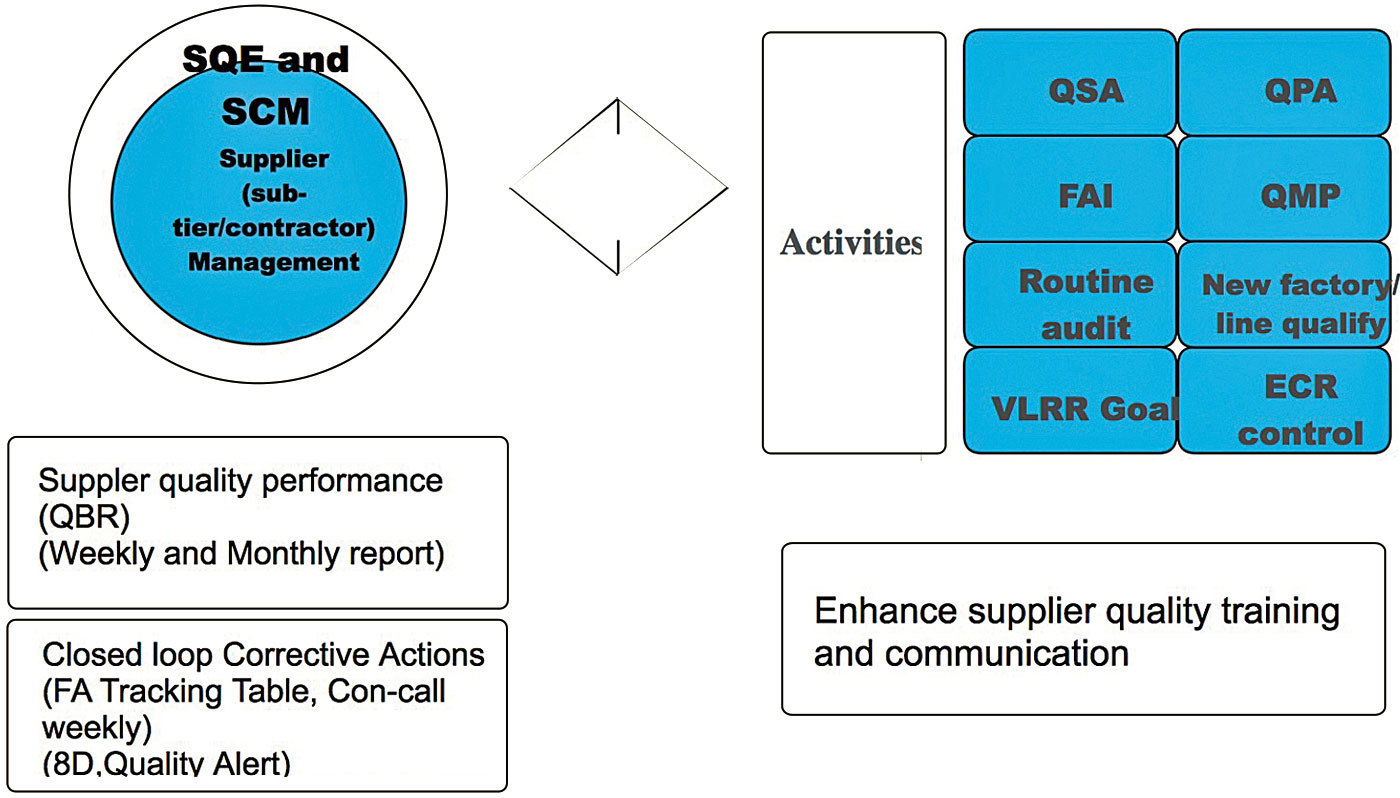Shenzhen Liquid Cooling Technology Co., Ltd (Cooler Tech)
Data Center Liquid Cooling Solutions For Rack Severs, Coldplate For CPU/GPU

The team of liquid cooling technology has strong design simulation and analysis capabilities, including plastic mold flow analysis, heat dissipation simulation, fluid simulation, mechanical stress simulation, and so on.
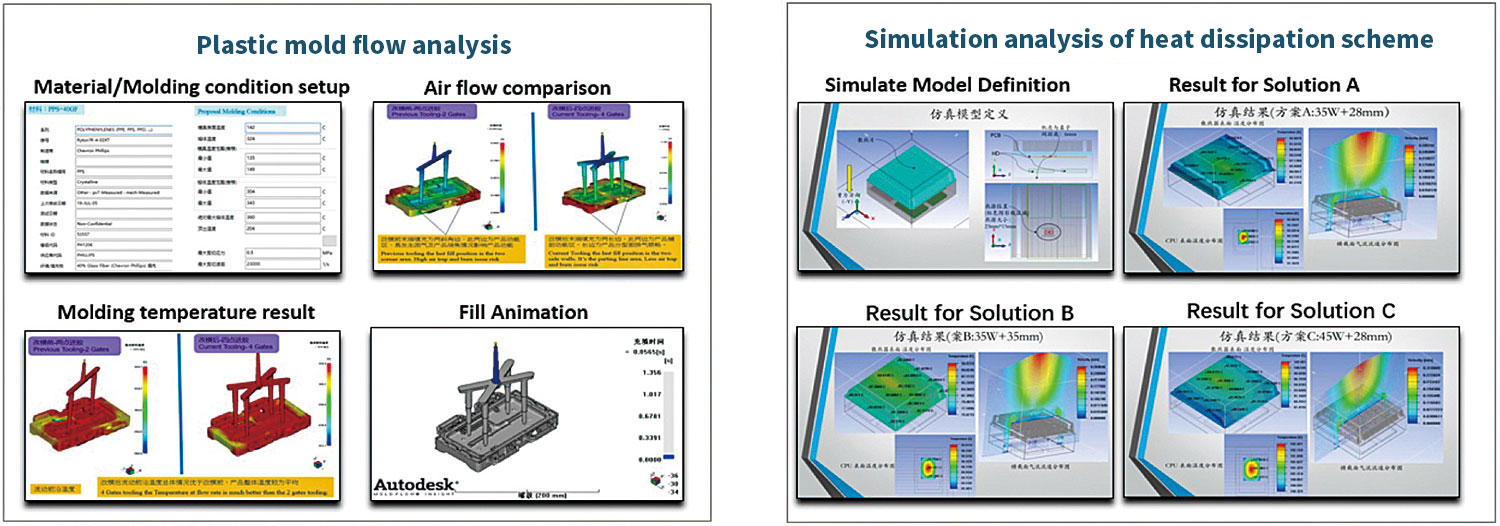
Product potential failure mode analysis: Based on the severity, detectability, and frequency of potential failure modes, potential failure mode analysis is conducted for each design detail to optimize product design and improve design quality.

Based on the principle and requirements of 6Sigma, conduct tolerance analysis on the design of product functions and important parameters. Ensure the rationality of all tolerance designs. It can not only meet the requirements of product design, but also maximize and rationalize the design of dimensions and tolerances.
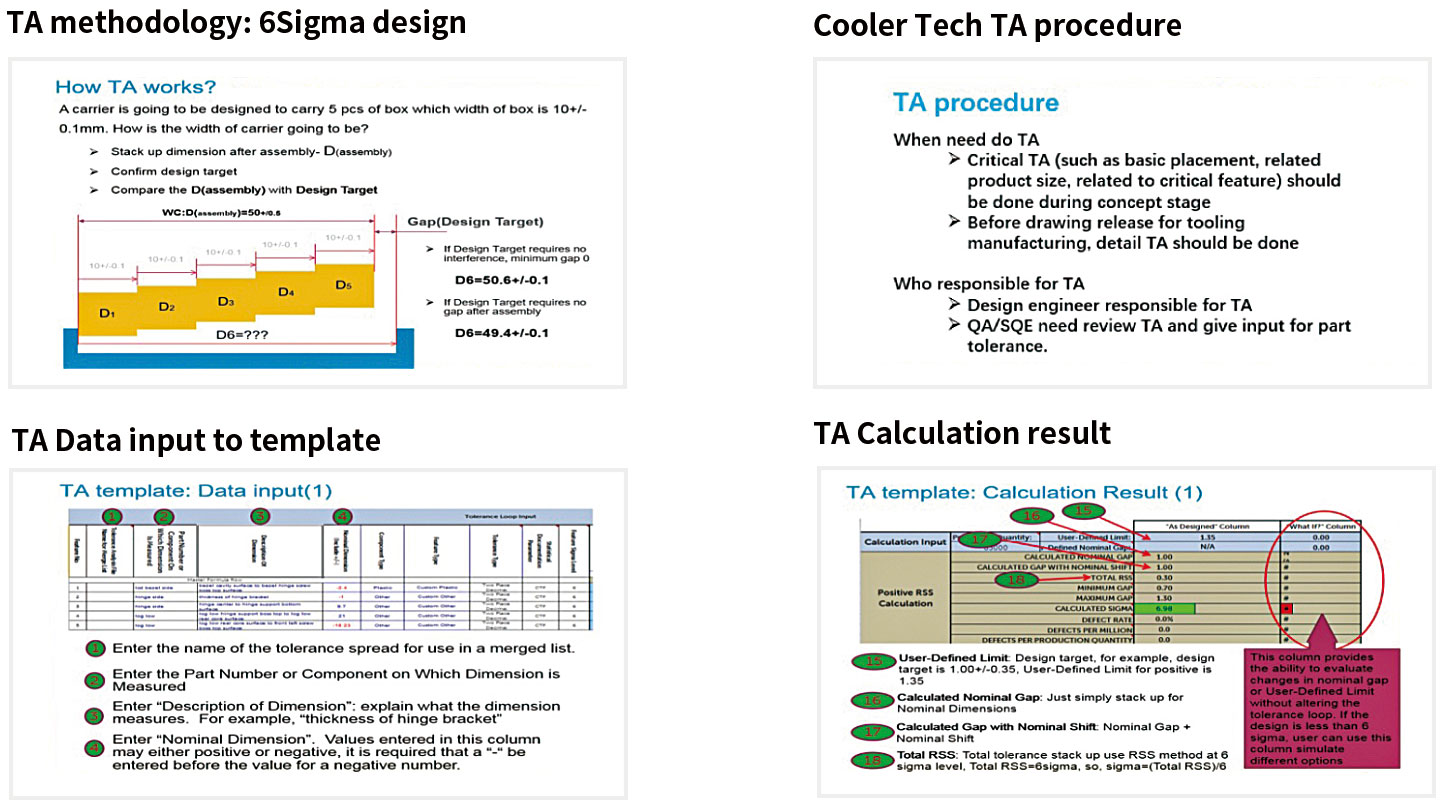
High pressure leakage testing, high temperature, high humidity and low temperature testing, and reliability testing of functional testing components during the product development stage.
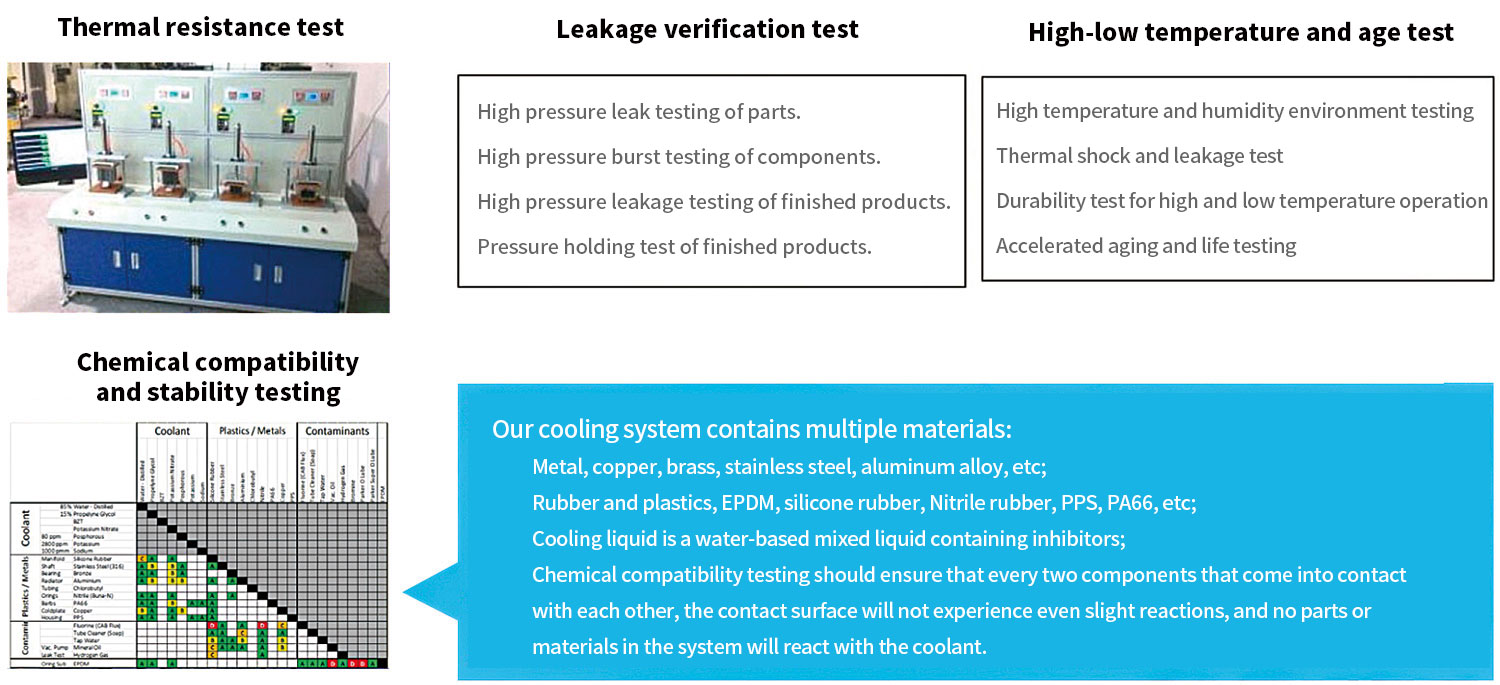
Key points of product validation and process quality control
For each new product or design change, the main items that require 100% testing and verification for product validation are:
1. Standard specification setting for thermal resistance testing; 2. Leak verification testing; 3. High, low temperature and aging testing; 4. Chemical compatibility and stability testing
Key projects that require 100% execution of process control and quality inspection during the production process:
1. 100% leakage testing at multiple stages of each product; 2. 100% performance and thermal resistance testing of each product; 3. Flow and pressure testing of system operation; 4. Testing of liquid filling weight; 5. Inspection of current and speed; 6. Appearance inspection
Whether the designed products and components have mass production capability is the foundation of quality assurance. The PPAP (Mass Production Parts Recognition) program is a process for evaluating and recognizing product mass production, ensuring the mass production and yield of the product.
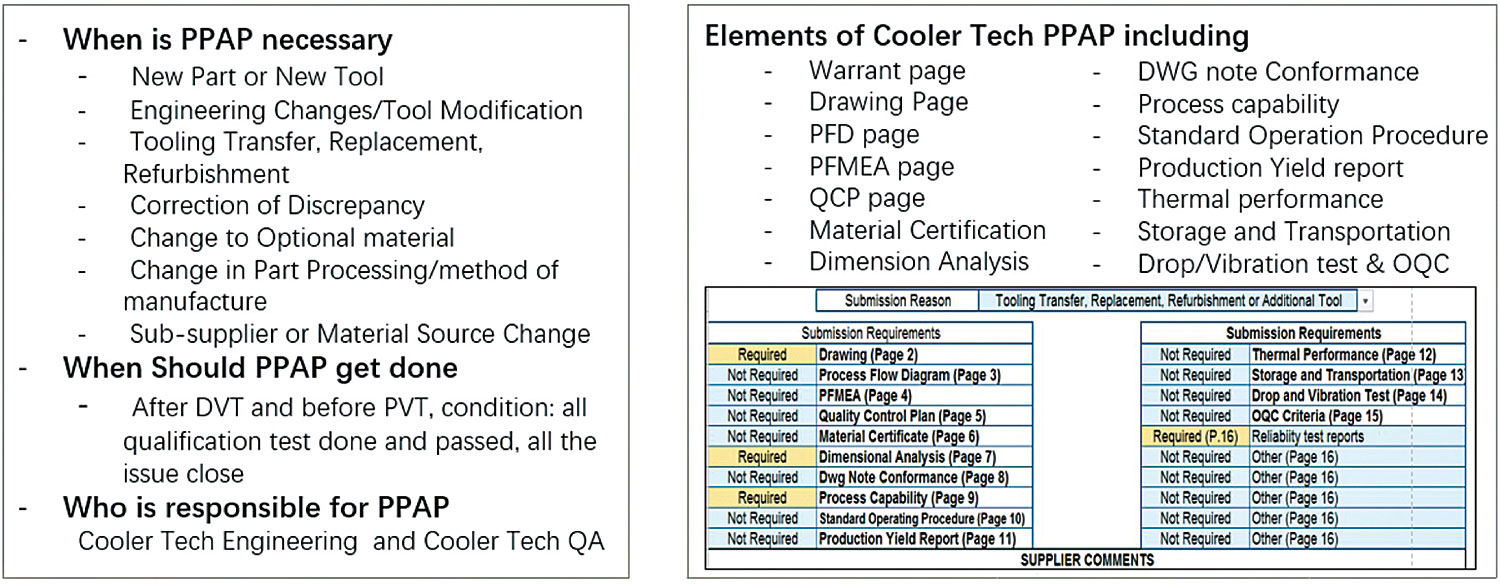
A series of quality assurance measures, from the Quality management system to the control of the manufacturing process of individual parts, ensure that incoming inspection, production process control, and delivery quality can be well controlled.
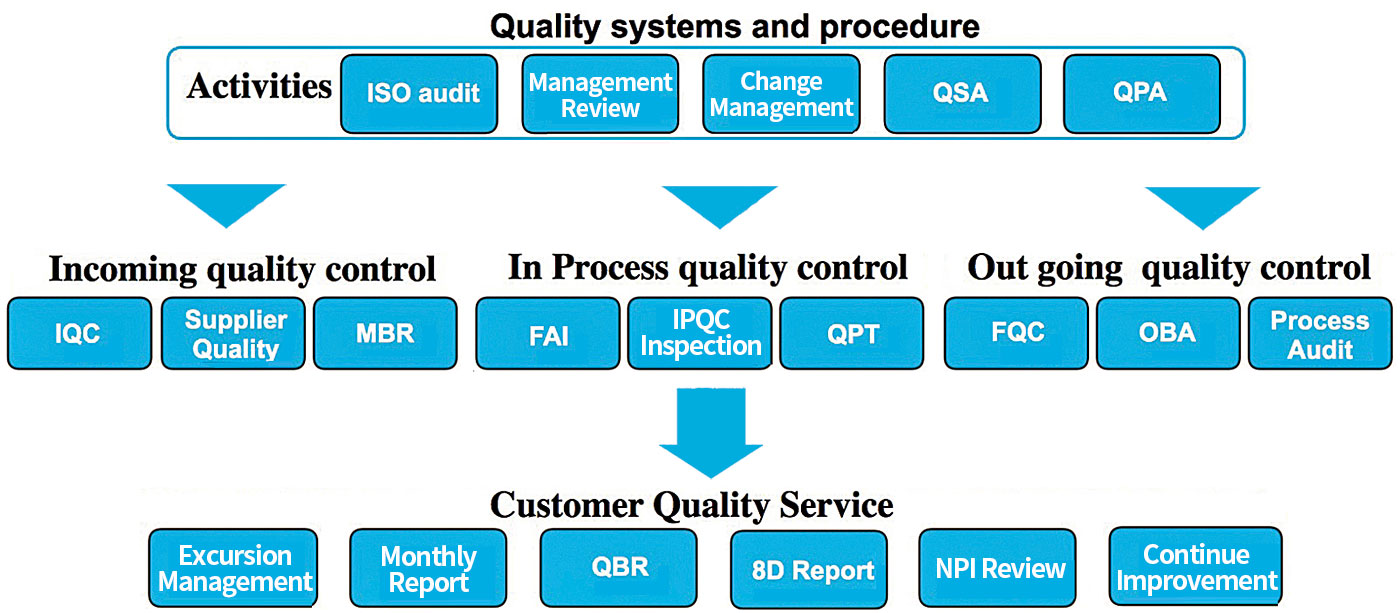
The selection of suppliers, preliminary investigation of suppliers, recognition of suppliers, management processes of suppliers, and execution details are excellent guarantees of supplier quality.
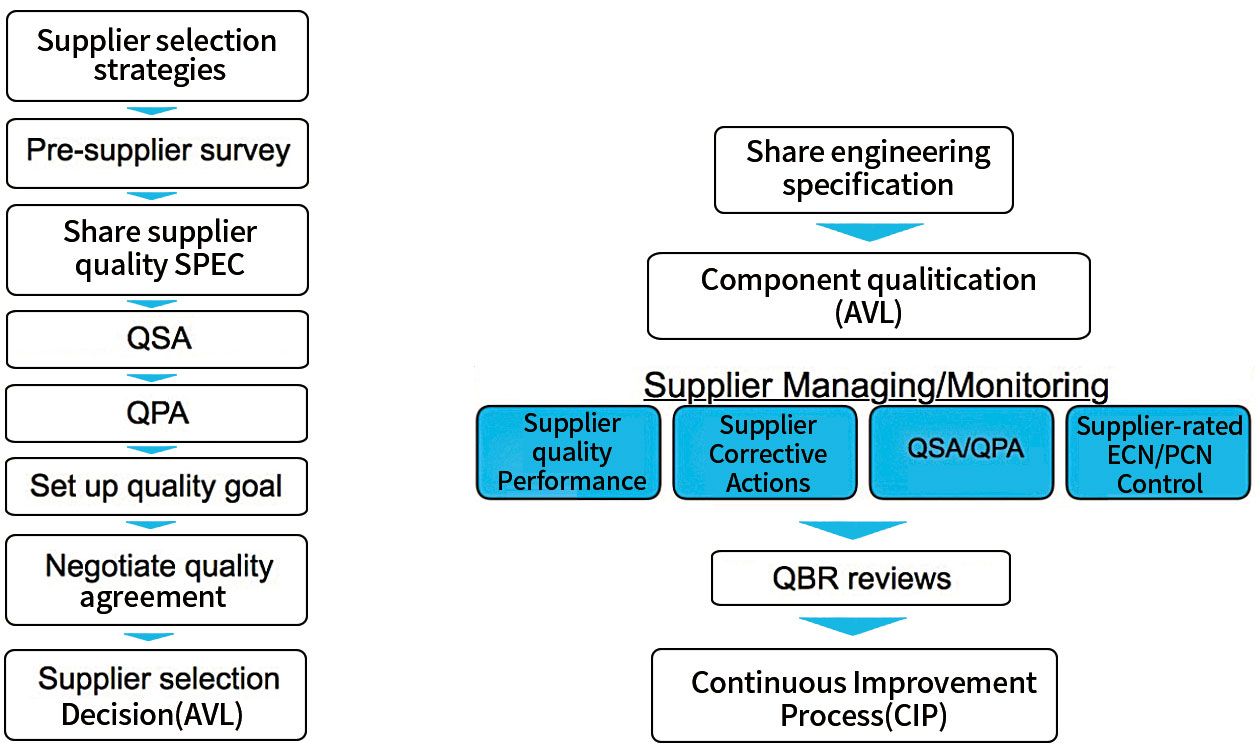
Setting and Management of Quality Objectives for Supply Commodities
